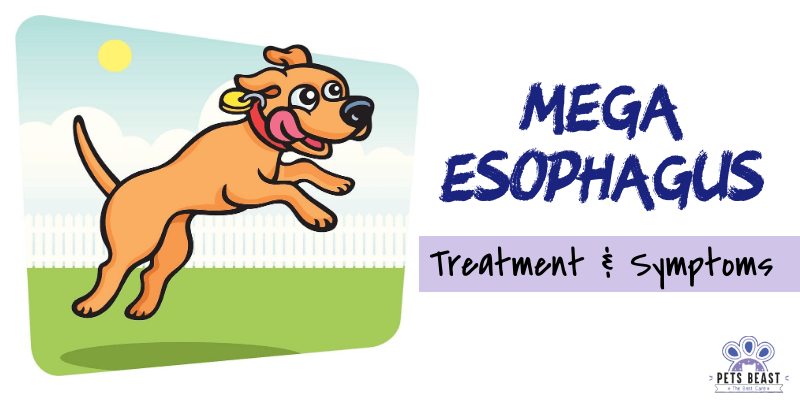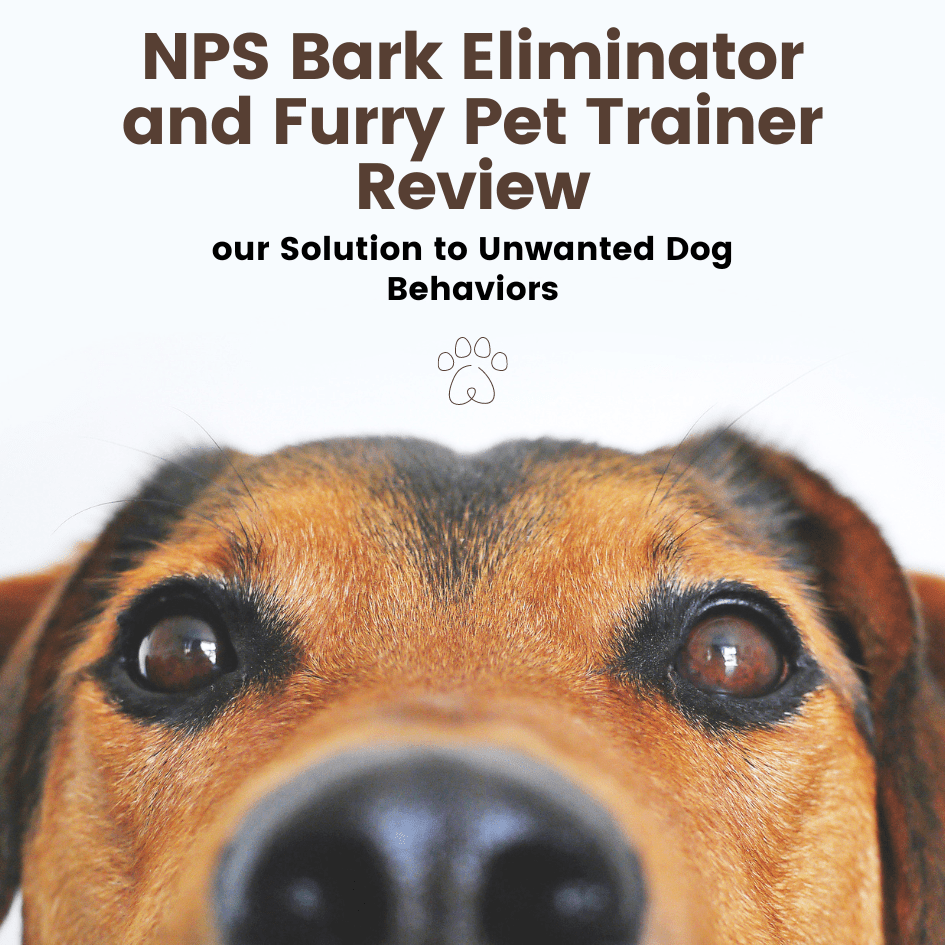The function of the esophagus is primarily to carry food in the form of bolus to stomach with the action of muscular peristalsis where longitudinal and circular muscles work antagonistically to push the food down. It is undoubtedly a sensitive part that can suffer from any disorder. One of the major issues of the esophagus more likely to be found in dogs than cats is Megaesophagus.
Megaesophagus: All You Need to Know About

Megaesophagus, also known as esophageal dilation, is a disease in which this food-carrying tube enlarges and disrupts the capability of movement of food in a smooth manner. With the loss of motility, the food and water are not able to go down to the stomach. Hence it accumulates in the tube and digestion is slowed down. In the normal procedure of digestion, nerve signals are sent to the brain to stimulate swallowing but Megaesophagus reduces swallowing and travel of food by malfunctioning the nerve pathway. It is a well-coordinated reflex but in Megaesophagus, the esophagus loses its tone.
Breeds of dogs susceptible to Megaesophagus:
- Wire Haired Fox Terriers
- German Shepherd
- Miniature Schnauzers
- Labrador Retriever
- Irish Setter
- Great Dane
- Shar-pei
- Greyhound
- Newfoundland
Types of Megaesophagus:
There are mainly 2 types of Megaesophagus.
1). Congenital Megaesophagus
This is a kind of Megaesophagus in which this condition is inherited. This disorder is usually not visible during the early stage of a puppy but when it tries to swallow solid food, Megaesophagus is identified as the regurgitation starts.
The main reason for Congenital Megaesophagus is incomplete development and functioning of the nervous system. However, there is a chance of development and improvement when the puppy matures. This situation is beneficial as compared to Megaesophagus acquired in adulthood because the chance for recovery in such cases is just 20-46 percent.
Another form of congenital Megaesophagus is the vascular ring issue. This is a band of tissue surrounding and entangling the esophagus. These tissues are part of fetal blood vessels that are supposed to vanish before birth but they continue to stay. This requires a professional surgical procedure to remove this ring.
2). Acquired Megaesophagus
It occurs at a later stage in life when the dog is middle-aged or senior between seven to fifteen years of age. It is often caused by a disease that stops esophageal peristalsis. This usually happens in a way that the central, efferent, and afferent nervous pathways are restricted and gradually destroyed. The reason behind this disability can be esophageal musculature or infections.
A few forms of acquired megaesophagus are:
- Nerves and muscles of esophagus being damaged
- Degeneration in spinal cord or brain
- Hormonal disorders
- The body being exposed to a poisonous substance
The period of Megaesophagus
If the cases of Megaesophagus are said to be serious, the symptoms can be identified when the puppy is 12 weeks old. On the contrary, during mild cases, the condition remains latent until the puppy reaches the age of 1 year at least. On the other hand, the survival time is approximately 90 days on average. If ME is very complicated, then the survival time is around 16 days.
Symptoms of Megaesophagus
- Dogs mainly face regurgitation and weight loss in the case of uncomplicated Megaesophagus. The prominent sign regurgitation is the passive flow of food and water which can happen immediately after the meal or a few hours later.
- Moreover, bad breath can be felt due to the stay of undigested food in the digestive tract.
- Further, the symptoms can become extreme and cause fever, cough, and nasal discharge.
- With the development of aspiration pneumonia, signs of dyspnea and lethargy are evident in the dog.
- If a dog faces an extreme version in the form of laryngeal paralysis, it may show a change in voice and inspiratory stridor.
Diagnosis of Megaesophagus in Dogs
Dogs with Megaesophagus are usually seen to regurgitate food and water due to the loss of muscle coordination. Palpitation is abdomen is also identified. Dogs can be seen may drooling when they swallow food in this condition. Sometimes, swelling can be observed at the ventral neck site and it can be hurting for the dog if touched. Both Megaesophagus and aspiration pneumonia are usually seen on a chest X-ray. Inspection of thoracic radiographs is usually an indication for generalized Megaesophagus and will show an enlarged esophagus containing food and fluid. Some dogs show weight loss despite eating large quantities of food. Thoracic radiographs should also be examined for the presence of aspiration pneumonia.
Dogs with Megaesophagus may be sluggish if the condition of aspiration pneumonia has occurred. If simple radiographs are not able to diagnose, a contrast medium such as barium may be used for a better image of the esophagus or thoracic radiography is conducted. Moreover, antibody concentrations are also checked every 4-6 weeks.
There isn’t any blood test for Megaesophagus but the dogs should undergo one blood screening test for myasthenia gravis which is a failure of nerves and muscles to communicate. Hence, the vet performs a complete neuromuscular exam. In addition to that, a thorough analysis of electrolytes, biochemical profile, and urine is carried out. This makes the vet easier to assess for signs of hypoadrenocorticism. If the evidence is visible, the ACTH stimulation test is performed consequently.
Treatment of Megaesophagus in Dogs
There is no surgical procedure that can cure Megaesophagus; however, taking measures which include preventing aspiration and allowing food to travel to the stomach is important in managing Megaesophagus in dogs. Dogs having this condition can be under-weight so to fulfill the requirement they require a high-calorie diet or as the vet tells what might be good for the dog. “Meatballs” of food may stimulate enough esophageal motility to carry the food into the stomach.
Dogs should be fed in an upright position to avoid regurgitation and for this purpose, Bailey Chair has been designed which allows dogs to sit in an upright position so that they can be fed. Some dogs are so severely affected that they can’t swallow anything down so in such cases, veterinarians insert a permanent tube into the stomach bypassing the esophagus. These tubes are generally easy to maintain. Megaesophagus is a lifelong condition so the pets suffering from this should be taken care of and signs of aspiration pneumonia should be closely monitored throughout their life.
Medicinal Treatment for Megaesophagus:
Coping with your pet’s suffering in Megaesophagus can be nerve-wracking. However, you need to be careful about the medicines you give. This is the main medicine used to treat MG: pyridostigmine bromide (1-3mg/kg PO q8-12 hours). Drugs to help with motility are also given. They include cisapride, Reglan (metoclopramide), or a light dose of erythromycin. Nonetheless, cisapride should be used as prescribed by your vet according to the condition of your dog.
Bethanechol is also helpful in enhancing esophageal motility. Antibiotics might be essential if the dog suffers from aspiration pneumonia. In this case, medications to cure mucolytics are prescribed. Mucomyst pill aids in this condition. With medicines, the owner is required to monitor the diet of his pet as well. A low-fat therapeutic diet is highly recommended in such cases. The dog might be allergic to some components of the diet. Therefore, a therapeutic hypoallergenic diet is suggested.
Other facts:
- Myasthenia gravis can also be a major reason behind Megaesophagus.
- the most well-known type of vascular anomaly is a persistent right aortic arch (PRAA)
- In America and Latvia, dogs were reported to have Megaesophagus due to a certain food brand being part of their diet.
- Diagnosis and treatment done at an early stage can be a source of a good outcome in the form of increased life expectancy.
- The surgery involving removal of the vascular ring is so technical that it is safest to be conducted by a board-certified vet.
- There is no surgical procedure to cure acquired Megaesophagus
Take away note!
If you own a dog who you adore, it is your responsibility to take care of it and provide all the necessary medical services. Keep an eye on its behavior and activities. That’s the key to its healthy living and growth.








